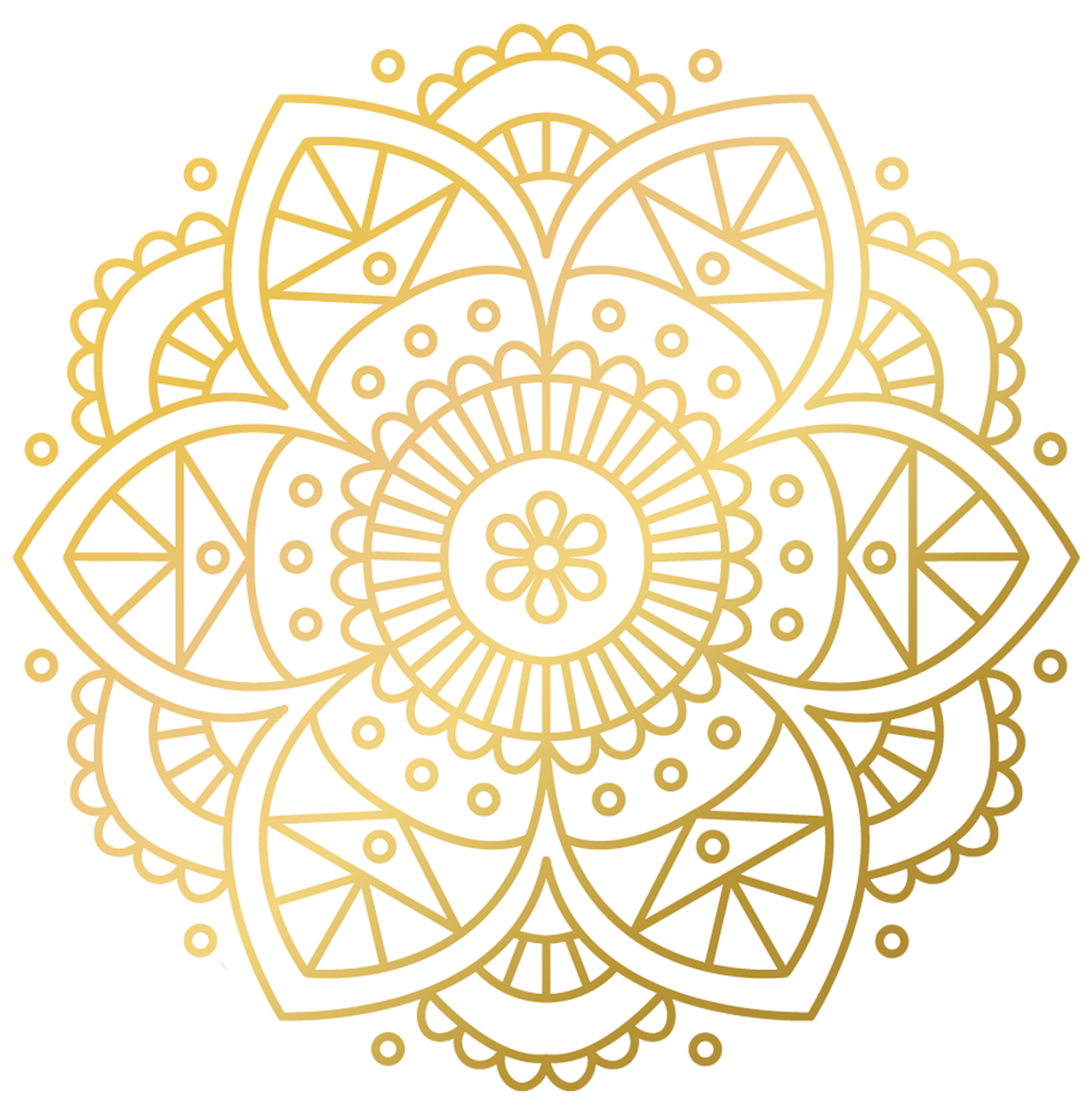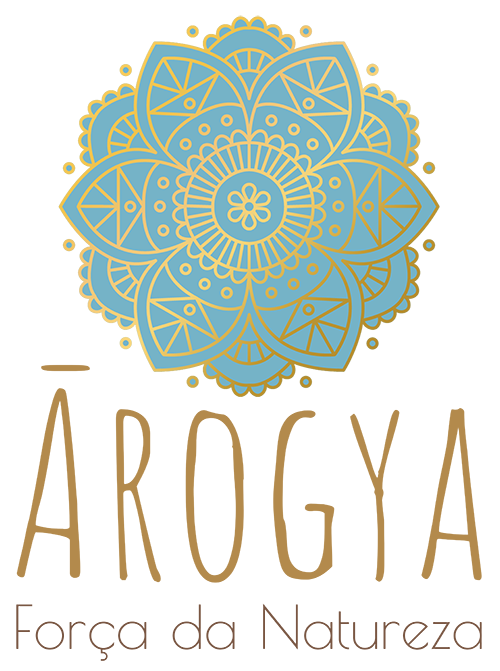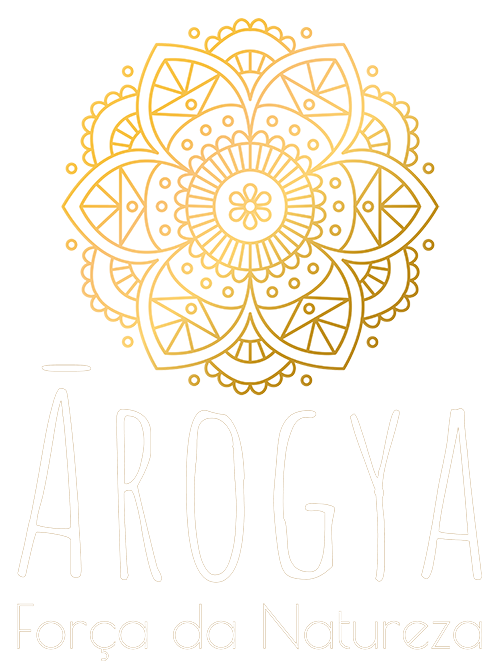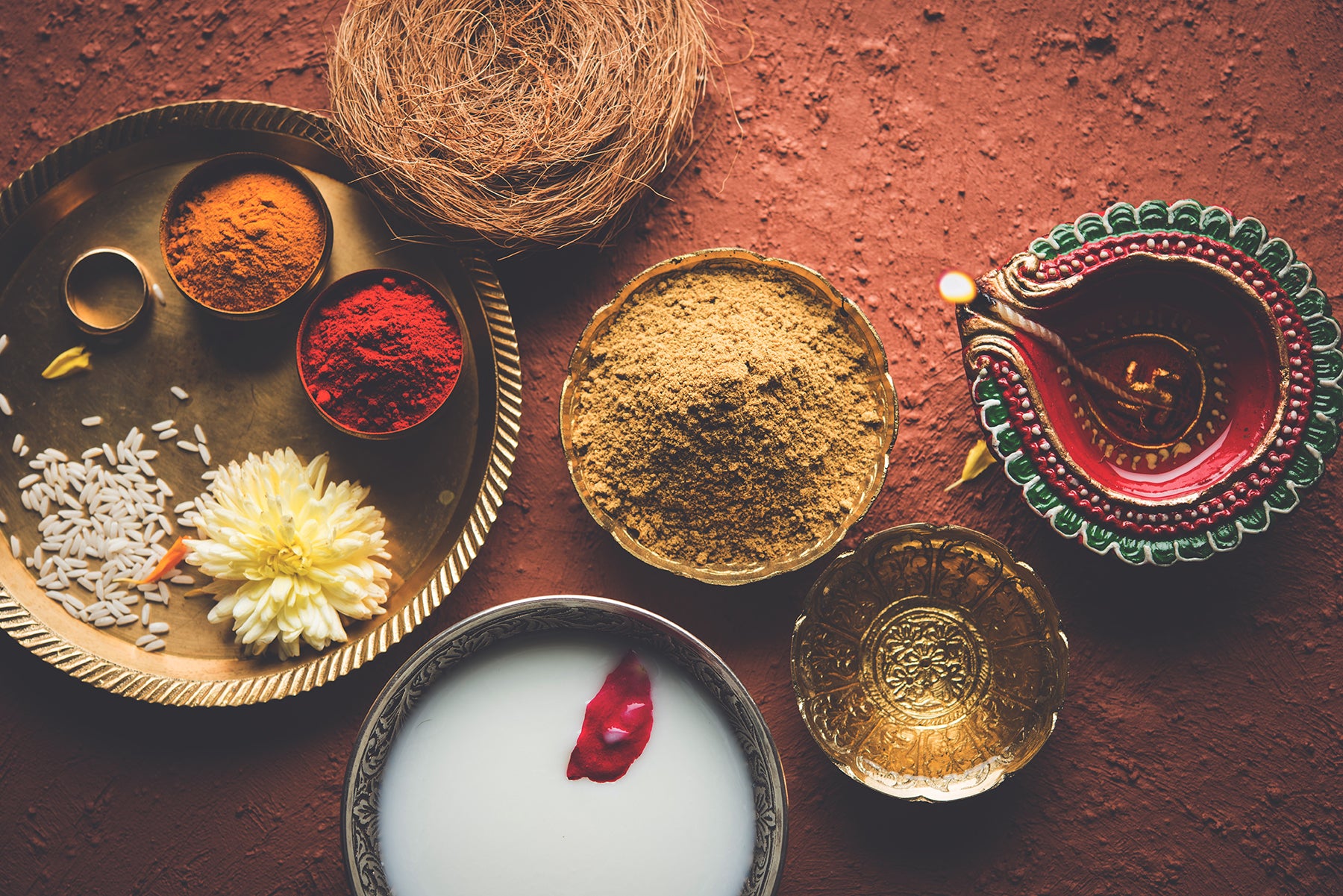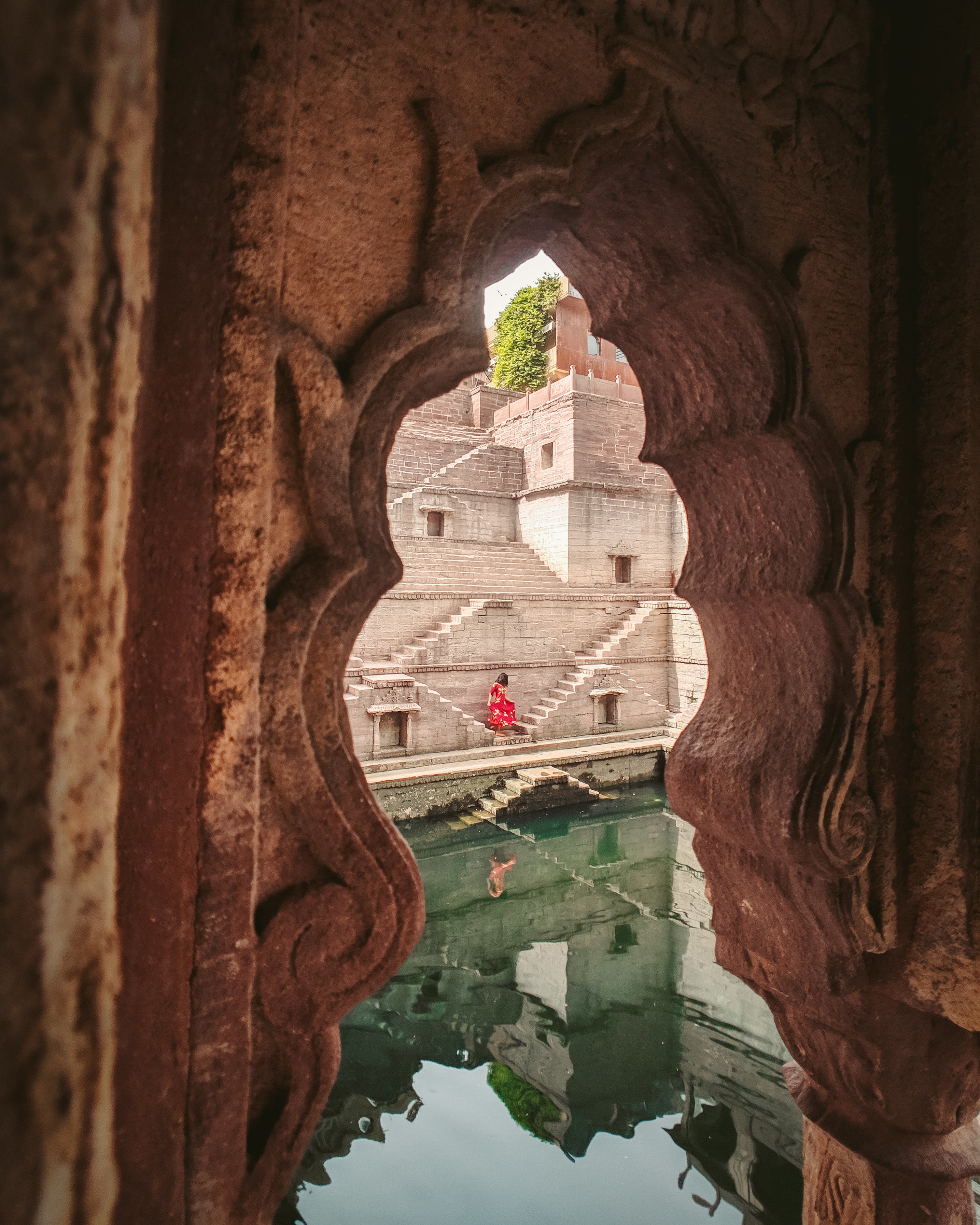What is Ayurveda?
Ayurveda, which originated in India more than 5,000 years ago, is one of mankind's oldest therapeutic systems. Ayurveda promotes health and well-being through prevention, maintenance, and cure. In Sanskrit, the word Ayurveda means "knowledge of life." knowledge (veda) of life (ayus).
The origin of Ayurveda dates back to the Vedic era. Most materials related to health and disease are available in Atharva veda. Historians claim that Ayurveda is a part of the Atharva Veda. However, the Rigveda, which is the oldest Veda, also mentions diseases and medicinal plants. In Athrava veda, there are hymns that mention medicines like Sweet Flag (Accorus Calamus) and Amla (Phylanthus Embelia).
The systematised form of Ayurveda dates back to the prehistoric period of the Rishi Conference, which took place in the hills of the Himalayas. The oldest codified document on Ayurveda is the Charaka Samhita. Another coded document is the Sushruta Samhita. The tradition of Sushruta was said to be descended from and propagated by Dhanvantari, while the tradition of Charaka was passed down through Atreya. The Sushruta School is dominated by surgical procedures and techniques, while the Charaka Samhita deals with internal medicine.
The fundamental aim of Ayurveda is not just limited to preventing and curing diseases, but also providing complete happiness while maintaining total health, called "chaturvidha purushartha", i.e., "Dharma virtuous acts." Artha (possessing the necessary wealth with judicious means) Kama (Gratification of Desires) Moksha (Emancipation/Salvation).
As Roga (disease) is a major obstacle in the realisation of these objects, the science of Ayurveda is intended to assist in the realisation of the basic goals, providing absolute health to all earth creatures in general and humans in danger.
Ayurveda believes that positive health is the basis for achieving four life goals (chaturvidh purushartha): Dharma, Artha, Kama, and Moksha. All four of these goals cannot be achieved without overall good health.
POSITIVE HEALTH IS DEFINED AS:
- Dosha Dhatu samya (well-balanced metabolism)
- Prasanna Atma, Indriya, Manah (happy state of soul, senses and mind)
The senses here mean the five organs of Gyanendriya perception: the smell, taste, sight, touch, and hearing, together with the organs of action-Karmendriya: the mouth, hands, feet, and organs of excretion and reproduction.
According to the Samkhya school (one of the schools of Indian philosophy), prakriti is the matrix of the entire psycho-physical universe. It is the balance of sattva, rajasa, and tamasa (trigunas), forming the final ground of all existence.
When the balance of sattva, rajasa and tamasa is disturbed under the influence of the self, the process of creation begins, which manifests in the form of buddhi (intellect), ahamkara (ego), manasa (mind), life, and five basic eternal substances. Acharya Chakrapani, a renowned commentator on the Agnivesh samhita, now famous as the Charak samhita, understood the philosophical concept of prakriti and vikariti that evolved from earlier sources in a slightly different perspective.
Determination of Prakriti (Constitution of the Body)
The characteristic personality of an individual is determined by a combination of the three doshas—Vata, Pitta, and Kapha. In various proportions, they represent the five elements of nature (air, fire, earth, water, and ether). An individual's health, illness, cure for any illness, etc., are governed by these three doshas. It is the combination of these three doshas that makes a person different and distinct from others.
Ayurveda considers individuals to be a microcosm of nature based on how their doshas are balanced. Doshas in an unbalanced state are thought to be found in Vikruti.
Prakriti
The word Prakriti (constitution) has varying meanings in different contexts; for example, samya (balance), arogya (health), svabhav (nature), karana, the final stage of life, bodily constitution, etc.
It is your core nature and the unique blend of earth elements (dosha) you were born with. Your Prakriti is your fundamental nature, and it never changes.
Vikruti
It means "after creation" in Sanskrit and refers to the current state of your mind and body, which is composed of earthly components. Your Vikruiti is a dynamic indicator of your lifestyle decisions over the past 60-90 days.
BHAVA (FACTORS) THAT INFLUENCE THE CONSTITUTION
Atmaja Bhava (factor): In defining Purusha (individual), Acharya Charaka considered Atma (soul) as an integral part of an individual along with sattva (psychism) and sharira (body). The atma shifts its terrain from one body to another, links with the mind and subtle forms of four proto-elements, and is confined in the womb along with shukra (sperm) and shonite (ovum), Ashta prakriti (constitution) and vikara. leading to the creation of Garbha (fetus).
Thus, the garbha (fetus) is designated as Atmaja. The atmaj bhava (factor) directly related to the atma (soul) are yoni (birth in such and such a womb), atmgyan (self-realization), chetna (consciousness), ayu (life expectancy), while those related to higher order of the psyche are ichchha (likes), dvesh (dislike), sukh-dukh (desire for happiness and sadness) and prayatna (efforts). Some of these pertain to the intellect, e.g. dharana (substance of the sense organs), buddhi (intellect), dhriti (courage), smriti (memory) and some of these are regarded as essential signs of life, e.g. prana, and apana. (to take things in and excrete things out of the body).
PURVA JANMAKRITA KARMAS (ACTIONS PERFORMED IN PREVIOUS LIVES/PAST ACTIONS)
Karma invariably produces its consequence, which ends when the forces of those actions are expended. The transmigration of the soul from one body to another is affected by karma purva janmankrita (Actions performed in the previous life). Specific traits of prakriti (constitution) that were narrated in Ayurveda to be influenced by the force of karma purva janmakrita (actions performed in the previous life) are Buddhi (intellect) and Svaroopa (form and form). In describing the causes of the child's resemblance to the parents, only past actions are held to be responsible for the nature of satava (psyche) and conduct - virtuous or harmful.
Acharya Charaka described an interesting example regarding past karmas, while explaining the cause of the uneven growth of twins in the womb of the same mother. According to him, due to past actions, the sperm is unequally divided and, therefore, among the twins, one is more developed than the other. Among the causes of malformations of shape, color and senses of the garbha (fetus), past life actions are also considered responsible for sperm-germ defects that provoke morbid moods.
SATTVAJA BHAVAS (FACTORS DERIVED FROM SATVA-PSYCH/MIND)
Satava or different psychological endowment of the child is determined by the psychological state of the mother and father, by the behaviour of the mother during pregnancy and by the karma janmakrita purva (actions performed in the previous life), it most strongly affects the following psychic nature of the child and these are Bhakti (tastes), Moha (attachment), Gambheerya (seriousness), Bhaya (fear), Sheela (conduct), Tyaga (detachment), Tiksanta (acuteness), Krodha (anger), Shoucha (purity), Matsara (strong desire for not separate), Mriduta (softness), Tandra (drowsiness), Dvesha (animosity), Shourya (braveness), Smriti (memory) and Utsaha (enthusiasm).
These factors are purely psychological traits. If we compare atmaja bhava with sattavaj bhavas, it is evident that in atmaja bhava most of these traits have already been included, which are fundamental for the expression of consciousness.
PANCHMAHABHUTAS
Sukshma bhuta (subtle proto-elements) are derived from past actions and are associated with the soul along with the mind/psychic at the time of the soul's transmigration from one body to another. Thus, the sukshma (subtle) bhutas are linked to the human organism from the pre-embryonic period.
Mahabhuta plays a basic role in the constitution of the shukra (sperm) and shonita (egg) of the father and mother and is also the elementary constitution of the nourishing material. The union of the sperm, ovum and soul in the womb is termed the embryo, which is considered to be the composite product of the five mahabhuta and the atma (soul) These five bhuta instigate the development of the fetus by performing the functions of division, metabolism, lubrication, consistency and maturation in the embryo.
MATRIJA-PITRIJA BHAVA (HEREDITARY FACTORS)
Charaka samhita emphasizes the concept of hereditary transmission in depth and describes three fine micro-constituents; bija, bijabhaga and bijabhagavayava of shukra and shonita. This can be accepted as sperm or egg, chromosomes and genes respectively. Different organs develop from different parts of the bija. Abnormality of the part of the bija leads to deformation of the organ from that specific region of the bija and its normality which develops into bijabhaga, the fetus will be normal. In other words, if there is abnormality in bijabhaga related to the development of artava and uterus, the fetus is supposed to be sterile.
Thus, it is recognized that different finer constituents for shukra (sperm) and shonite (ovum) (germplasm) are responsible for genetic or hereditary development. In the fields of modern genetics, it has been observed that all living beings are a complex of a large number of independent hereditary units. These genes are transferred from parents to offspring and the individual has its full complement of genes.
PITRIJA BHAVA (Paternal source)
Kesha (head hair), Shmashru (facial hair), Nakha (nails), Loma (small body hair), Danta (teeth), Asthi (bones), Sira (vessels), Snayu (muscles), Dhamni (arteries) are inherited by paternal inheritance in an individual.
MATRIJA BHAVA (Maternal source)
Tvaka (skin), Lohita (blood), Mamsa (flesh), Medas (fat), Nabhi (navel), Hridaya (heart), Kloma, Yakrita (liver), Pleeha (spleen), Basti (bladder), Purishadhana (rectum), Aamashaya (stomach), Pakvashaya (colon), Uttara guda, Adha guda In Ayurveda, Jatiprasakta and Kulaprasakta are strictly considered hereditary factors and therefore both are responsible for individual variations between people.
AGE OF PARENTS
The predominance of doshas in the body exists according to the age of the parents. For example, in old age the predominant dosha is vata, in middle age the predominant dosha is pitta, and in childhood the predominant dosha is kapha These doshas affect the entire body. also affects shukra (sperm), shonita (egg), and therefore the foetus engendered at different ages by the same parents has a different constitution (Acharya Gangadhara).
VAYA (age)
Vaya is defined as the state of sharira (body), which especially depends on kala pramana (the time that has passed since birth). Vaya (age) is divided into three categories, like bala (young age), madhya (middle age) and jeerna (old age).
BALYAVASTHA (young age)
In the initial phase of Balyavastha (young age), the tissues of the body are not mature and the signs of adolescence do not manifest. The person is delicate, intolerant of problems, incomplete in strength, and predominantly kapha dosha is predominant. In the later stages of Balyavastha (young age), the person is usually of an indeterminate psychic disposition.
MADHYAVASTHA (middle age)
At this stage, the man reaches the balance of strength, energy, understanding, power of retention, memory, speech, and the person has a strong and well-determined psychic disposition. There is a predominance of pitta dosha.
JEERNAVASTHA (old age)
At this stage, body tissues, sense organs, strength, energy, understanding, retention, speech and discrimination begin to deteriorate. The elements of the body disintegrate; gradual wear and tear of the body up to the age of one hundred years takes place. Vata dosha becomes predominant at this stage of life.
ADVANTAGES OF KNOWING PRAKRITI
Ayurveda laid a strong foundation for making an understanding of the human constitution. The Ayurvedic concept of Prakriti (constitution) is useful for maintaining health, understanding illness and managing it. Knowledge of Prakriti (constitution) itself can be helpful in maintaining health by following a lifestyle, diet and regimen suited to the specific environmental condition. Despite the fact that there are fundamental similarities in humanity, individual-to-individual dissimilarity is very common and natural. The factors responsible for these differences are multifaceted and, together, have an effect on the constitutional, temperamental, psychological and spiritual makeup of each individual.
- Prakriti's personal analysis helps you to know your body and its needs
- Knowing your Prakriti can help you maintain excellent health
- It will help you maintain a good and balanced personal, family and professional life
- Helps to plan a lifestyle according to the body's demands
- Prakriti analysis will help you plan a balanced diet
- This can help to know the occurrence of qualitative and quantitative imbalances in the body
